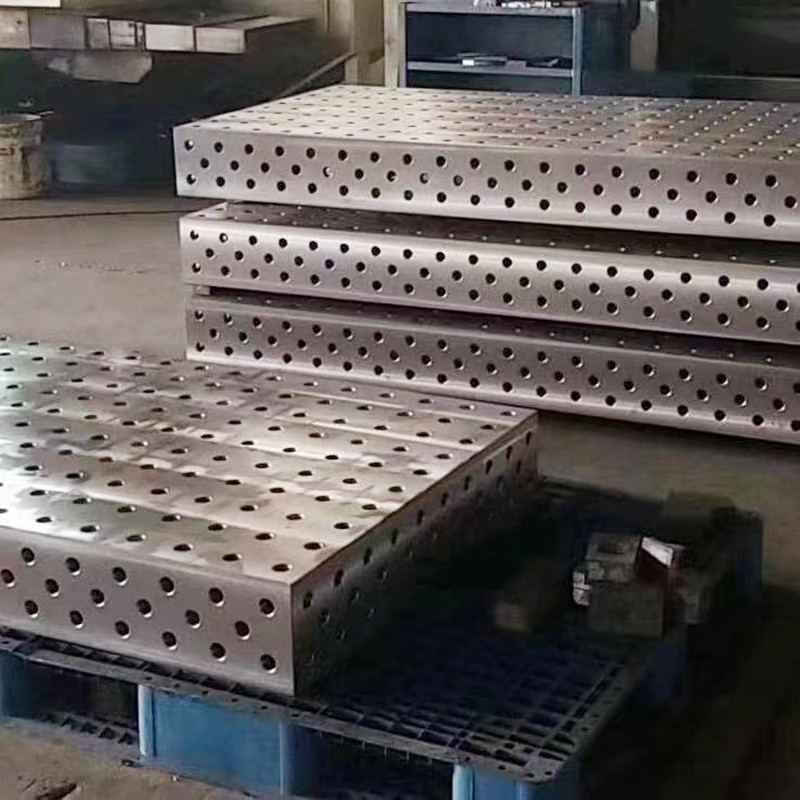Dec . 17, 2024 20:29 Back to list
y type strainer filter
Understanding Y Type Strainer Filters Importance and Applications
In various industrial processes, the efficient management of fluids is paramount. Whether it involves filtering water in treatment plants, ensuring the purity of process chemicals, or protecting crucial equipment in pipelines, strainers play a vital role. Among the different types of strainers available, the Y type strainer filter stands out due to its design and functionality. This article delves into the significance, structure, and applications of Y type strainer filters.
What is a Y Type Strainer Filter?
A Y type strainer filter is a device used to remove unwanted solid particles from liquids and gases in a fluid system. Its name derives from its unique Y-shaped body, which allows fluid to flow in and out while simultaneously filtering out debris. The design is particularly advantageous as it accommodates the installation of the strainer in a horizontal or vertical pipeline, providing flexibility for engineers during setup.
Design and Structure
The Y type strainer consists of several key components 1. Body The main part of the strainer, typically made of cast iron, stainless steel, or other durable materials to withstand various pressures and temperatures. 2. Inlet and Outlet Ports allowing the fluid to enter and exit the filter. 3. Strainer Element A screen or mesh that traps particles and prevents them from passing through. Various mesh sizes are available, allowing for customized filtration based on specific industrial requirements. 4. Blow-Off Valve A convenient feature that enables easy cleaning of the strainer element without disassembling the entire unit. By opening this valve, accumulated debris can be flushed out, ensuring continuous operation.
y type strainer filter

Benefits of Y Type Strainer Filters
Y type strainers offer a host of advantages that make them a preferred choice for many applications - Efficient Filtration With their fine mesh options, Y strainers can filter out a range of particle sizes, ensuring clean fluid flows throughout the system. - Cost-Effective Their robust construction and reliability result in lower maintenance and replacement costs over time, making them an economical choice for companies. - Versatility Suitable for various applications in industries such as water treatment, oil and gas, food processing, and HVAC systems, Y type strainers are adaptable to diverse systems and fluid types. - Ease of Maintenance The blow-off valve facilitates quick and efficient cleaning, minimizing downtime during maintenance.
Applications of Y Type Strainer Filters
The versatility of Y type strainers enables their usage in multiple sectors - Water Treatment In water treatment facilities, Y strainers are employed to filter out sand, sediments, and other debris that could clog pumps and pipes, thus ensuring the smooth operation of the system. - Chemical Processing In chemical manufacturing, the removal of contaminants is crucial for product purity. Y strainers protect crucial machinery by filtering out particulates that may compromise the production process. - Oil and Gas Protecting expensive equipment from the damaging effects of solids is essential in the oil and gas industry. Y type strainers are widely used in upstream and downstream operations to maintain system integrity. - HVAC Systems In heating, ventilation, and air conditioning systems, Y strainers prevent the accumulation of dirt and debris, ensuring optimal performance and energy efficiency.
Conclusion
Y type strainer filters are invaluable components in fluid management systems across various industries. Their effective design, combined with numerous benefits, makes them a top choice for filtration needs. With their ability to maintain system integrity and promote operational efficiency, Y type strainers are essential in safeguarding the longevity and functionality of equipment. As industries continue to evolve, the demand for robust and reliable filtration solutions will only grow, solidifying the Y type strainer's place in modern engineering. Understanding their operation and applications is critical for professionals involved in fluid management, ensuring they can make informed decisions regarding their implementation in various processes.
-
Why Metric Trapezoidal Thread is Ideal for Precision Motion ControlNewsAug.05,2025
-
The Unique Properties of a Block of Granite for Industrial UseNewsAug.05,2025
-
The Role of Flanged Y Strainers in Preventing Pipeline ClogsNewsAug.05,2025
-
The Importance of Regular Calibration for Master Ring GagesNewsAug.05,2025
-
How a Cast Iron Surface Table Enhances Accuracy in ManufacturingNewsAug.05,2025
-
Comparing Different Check Valve Types for Optimal Flow ControlNewsAug.05,2025
Related PRODUCTS









